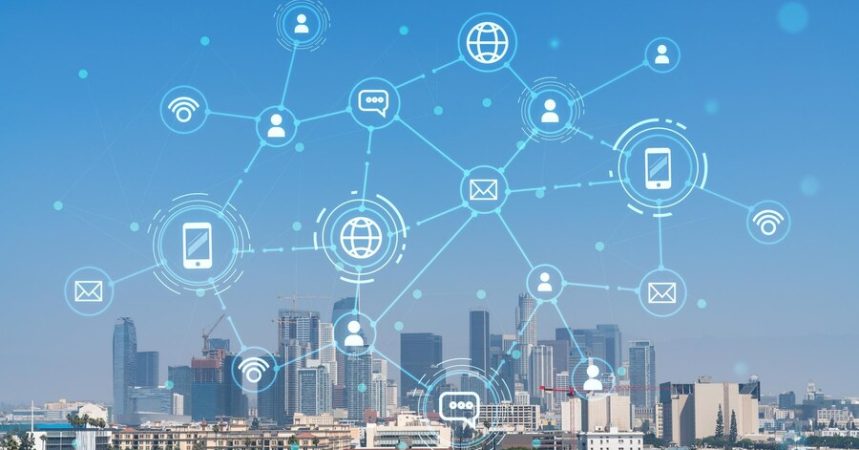The Impact And Evolution Of SEO Companies In The Digital Era
Subhasree Nag, 24 mins ago


The digital age has brought with it a host of innovations, reshaping how we communicate both personally and professionally. At the forefront of this transformation is VoIP (Voice over Internet Protocol), a technology that has become synonymous with modern communication. However, it’s just one piece of a larger mosaic.
Let’s dive into how internet connectivity is steering the course of our contemporary communication channels.

The days of making calls only through traditional phone lines are long gone. VoIP has emerged as a powerful force, making it possible to transmit voice data over the internet. But what are the benefits?
As businesses expand globally, there’s a growing need for a comprehensive communication tool. This is where the unified communications approach comes in. This approach merges real-time and non-real-time communication tools under one umbrella. Think emails, instant messaging, voice calls, and video conferencing, all harmonized for seamless interaction.
With teams dispersed globally and remote work becoming the norm, video conferencing tools are now invaluable. Platforms like Zoom, Microsoft Teams, or Google Meet are now just about seeing faces. They offer screen sharing, collaborative whiteboards, and even breakout rooms. The ability to host webinars, training sessions, and international conferences in a virtual space eliminates geographical restrictions and opens up a world of possibilities.
Also Read: Why Use Virtual Phone Numbers
While VoIP and video conferencing handle heavy-duty communication tasks, instant messaging platforms cater to quick, straightforward interactions. These tools are not just for shooting a quick question to a colleague. They’re instrumental in building team camaraderie, brainstorming in real-time, and ensuring fluid work processes.
Today’s communication is not just about talking; it’s about working together, even from afar. Platforms like Slack, Trello, or Asana bring together communication and work. They allow team members to chat, share files, set tasks, and monitor project progress, creating a truly integrated work environment.
It might sound futuristic, but your refrigerator sending you a message about low milk levels is the reality of the digital age. IoT devices, from smart thermostats to health monitors, communicate data in real-time. This isn’t communication in the traditional sense, but it’s a dynamic form of information transfer, reshaping how devices interact with us and each other.
As the world moves further into the digital age, the transformation in our communication patterns is evident. VoIP has been a game-changer, but the realm of internet-driven communication is vast and continually evolving. As businesses and individuals adapt and grow, one thing is clear: the internet is not just connecting computers – it’s bringing the world closer together.
Read Also:

Ankita Tripathy loves to write about food and the Hallyu Wave in particular. During her free time, she enjoys looking at the sky or reading books while sipping a cup of hot coffee. Her favourite niches are food, music, lifestyle, travel, and Korean Pop music and drama.